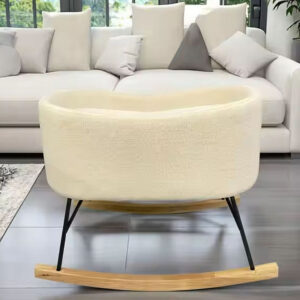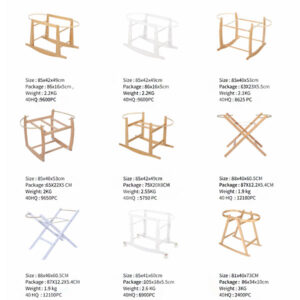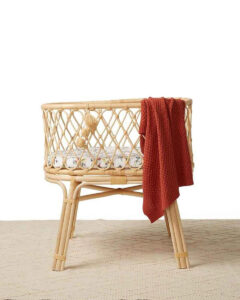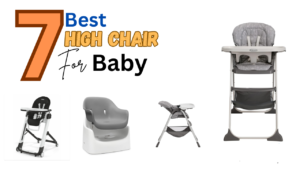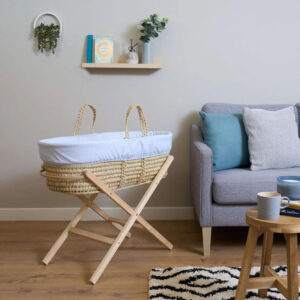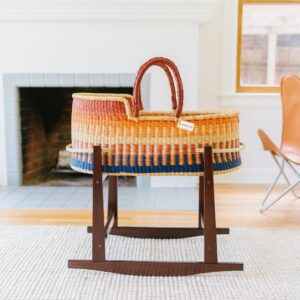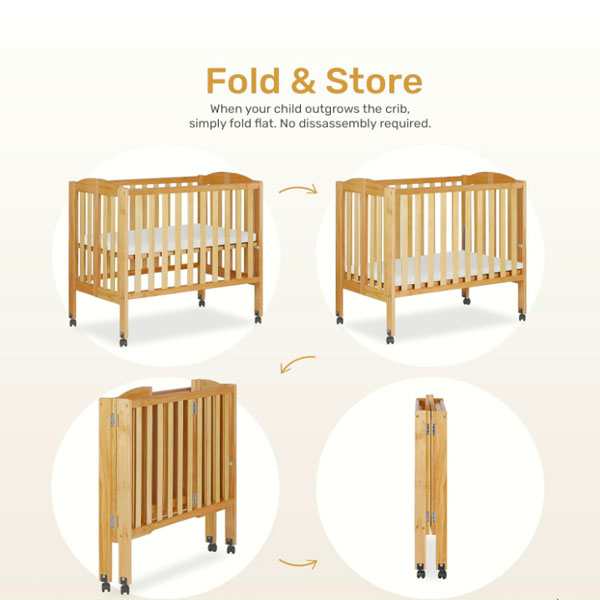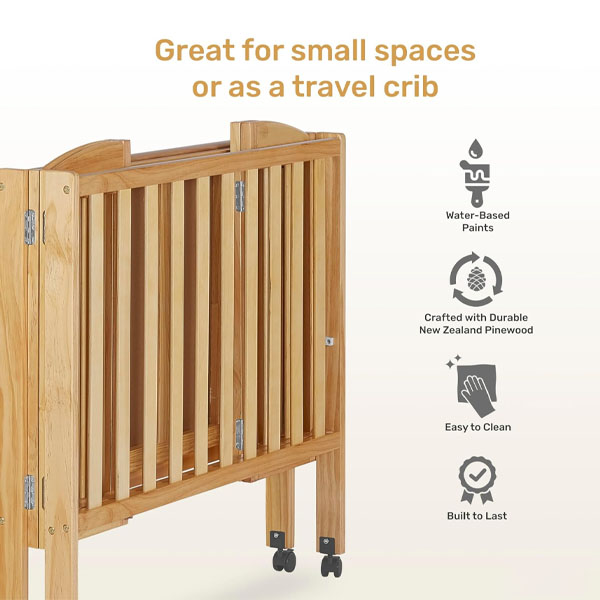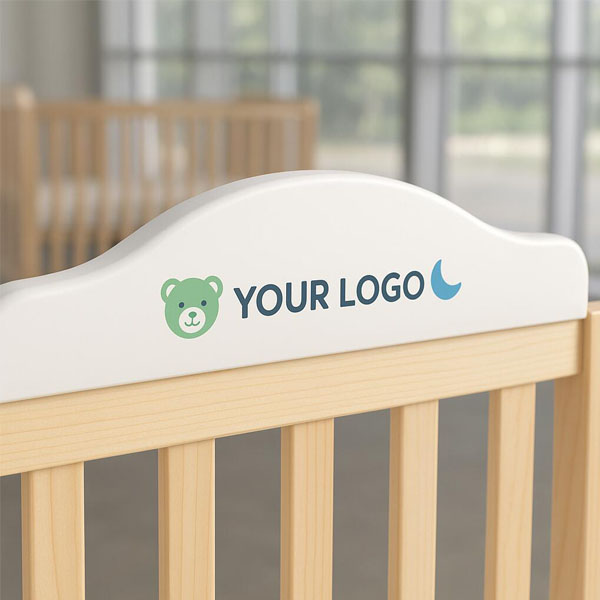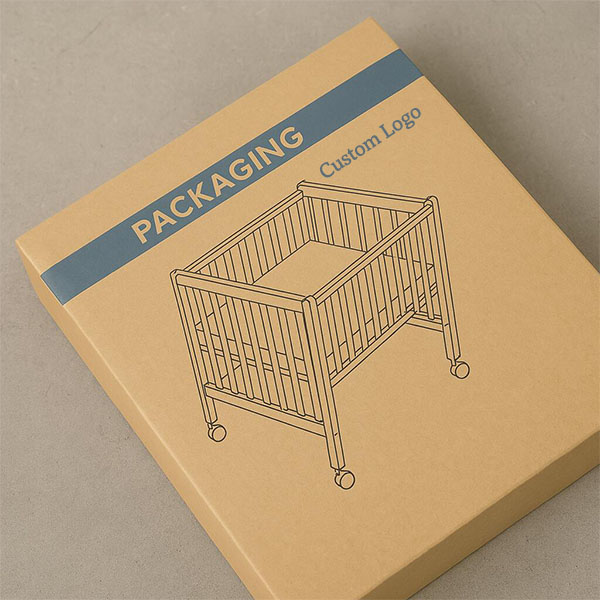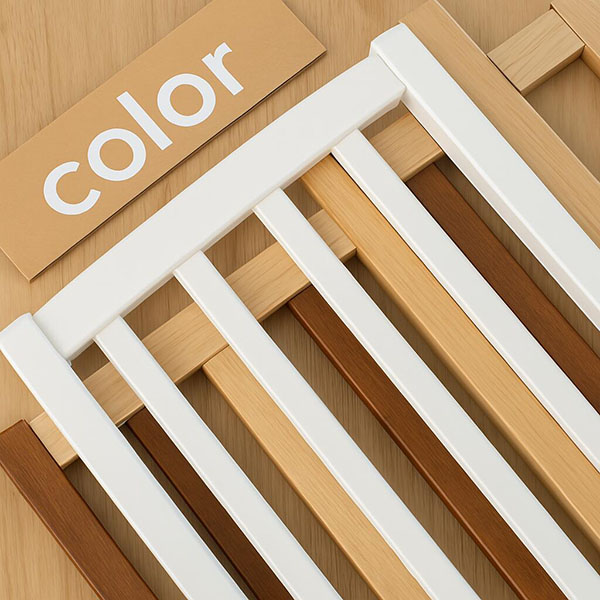Is a Stainless Steel Cutting Board Practical?
When it comes to choosing a cutting board, most people consider wood, plastic, or bamboo, but stainless steel is emerging as a unique and modern alternative. Many professional kitchens and home cooks are now asking: Is a stainless steel cutting board practical? When it comes to choosing a cutting board, most people consider wood, plastic, or bamboo, but stainless steel is emerging as a unique and modern alternative. Many professional kitchens and home cooks are now asking: Is a stainless steel cutting board practical?
This in-depth article explores the advantages, disadvantages, and best applications of stainless steel cutting boards, helping you determine whether they are a smart investment for your kitchen.
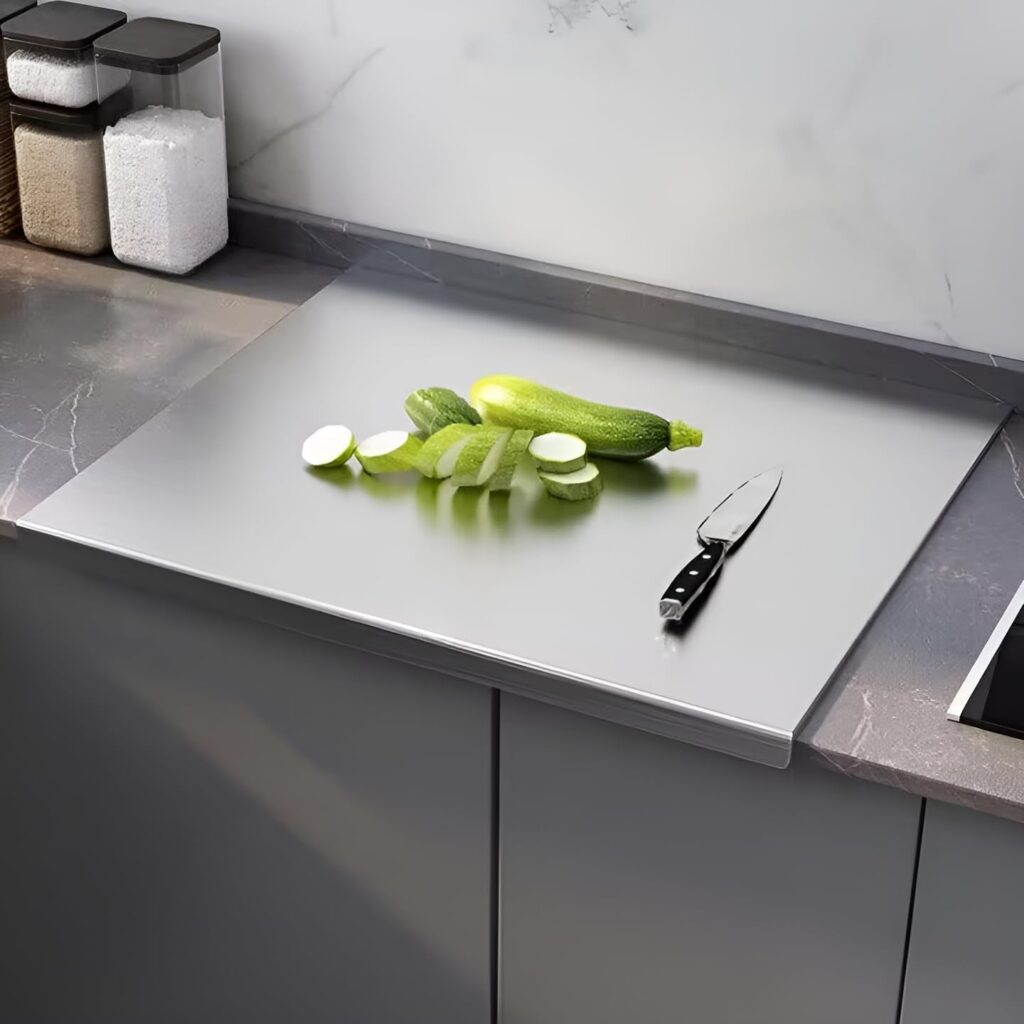
1. What is a Stainless Steel Cutting Board?
A stainless steel cutting board is a flat, metal surface designed for chopping, slicing, and food preparation. It is usually made from food-grade stainless steel (such as 304 or 316 stainless steel), which is non-porous, durable, and resistant to rust and corrosion.
Unlike traditional cutting boards, stainless steel does not absorb moisture or bacteria, making it an appealing option for those prioritizing hygiene and longevity in their kitchen tools.
2. Pros of Stainless Steel Cutting Boards
✅ 1. Extremely Hygienic & Easy to Clean
Stainless steel is a non-porous material, meaning it does not absorb liquids, odors, or bacteria like wood or plastic. This makes it one of the most hygienic options available.
- Easy to disinfect: Can be cleaned with soap, hot water, or even alcohol-based sanitizers.
- Dishwasher-safe: Unlike wood or bamboo boards, stainless steel cutting boards can be placed in the dishwasher without damage.
✅ 2. Highly Durable & Scratch-Resistant
Stainless steel cutting boards are almost indestructible. They do not warp, crack, or splinter like wood or plastic.
- Resistant to heat, moisture, and chemical exposure.
- Ideal for heavy-duty use in professional kitchens.
- Does not degrade over time, making it a long-term investment.
✅ 3. Multipurpose Functionality
Unlike traditional cutting boards, stainless steel can be used for more than just cutting.
- Can be used as a pastry board for rolling dough.
- Works well as a heat-resistant trivet for hot pots and pans.
- Some chefs use it as a surface for food preparation and plating.
✅ 4. Rust & Corrosion Resistant
High-quality 304 or 316 stainless steel is rust-proof, making it ideal for long-term use, even in humid or wet environments.
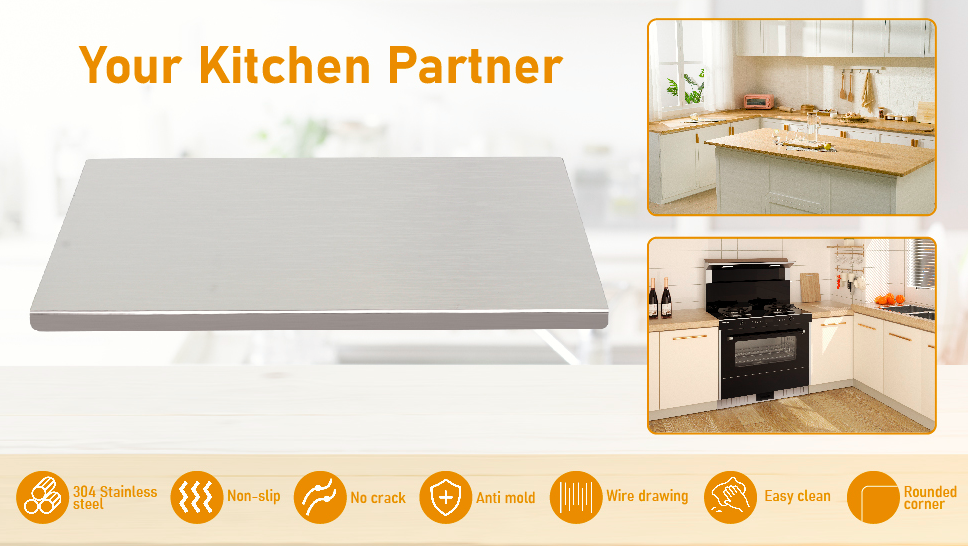
3. Cons of Stainless Steel Cutting Boards
❌ 1. Can Damage Knives
One of the biggest drawbacks of stainless steel cutting boards is their hardness.
- Can dull knife blades quickly, requiring frequent sharpening.
- Not ideal for high-end chef knives that need a softer cutting surface.
❌ 2. Noisy and Slippery
Using a knife on a stainless steel board produces a loud clanging sound, which can be irritating, especially in quiet kitchens.
- The surface is smooth and slippery, making it harder to keep food in place while cutting.
- Requires a rubber or silicone base to prevent movement on countertops.
❌ 3. Heavy & Not Aesthetic
While wood and bamboo boards add a warm, natural touch to kitchens, stainless steel boards are industrial-looking and may not fit everyone’s kitchen aesthetic.
- Can be heavier than plastic or bamboo options.
- Might not complement rustic or farmhouse-style kitchens.
❌ 4. Can Be Pricey
High-quality stainless steel cutting boards cost more than plastic or bamboo. However, since they last longer, the cost-per-use is lower over time.
4. Best Uses for a Stainless Steel Cutting Board
While stainless steel cutting boards aren’t perfect for everyday knife work, they excel in specific situations.
✅ Best for Meat & Seafood Preparation
Since stainless steel does not absorb liquids or bacteria, it is ideal for handling raw meats, seafood, and poultry.
- Prevents cross-contamination when preparing raw food.
- Easy to sanitize after cutting chicken, beef, or fish.
✅ Best for Baking & Pastry Work
Stainless steel boards stay cooler than wood or plastic, making them perfect for rolling out dough, working with chocolate, or handling butter-based pastries.
- A great alternative to marble for rolling pastry dough.
- Easy to clean off flour, sugar, and sticky ingredients.
✅ Best for Professional Kitchens & Restaurants
Professional chefs who need high durability and easy sanitization benefit most from stainless steel cutting boards.
- Resistant to knife marks and food acids (lemon juice, vinegar, etc.).
- Can withstand high heat, making it versatile for plating hot dishes.
✅ Best for Outdoor Use & BBQ
Stainless steel cutting boards are great for outdoor kitchens, barbecues, and camping, as they are resistant to weather, heat, and moisture.
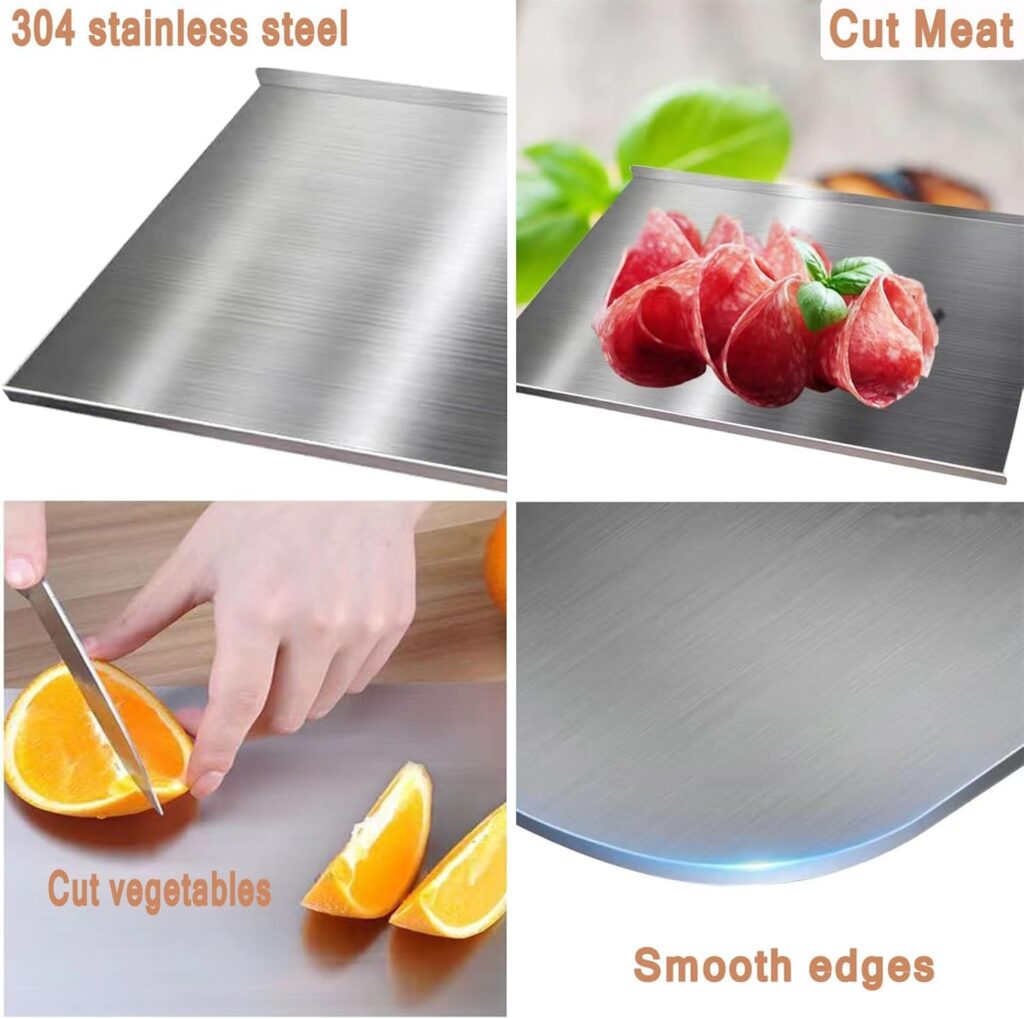
5. Stainless Steel vs. Other Cutting Board Materials
| Feature | Stainless Steel | Wood | Plastic | Bamboo | Composite (Epicurean) |
|---|---|---|---|---|---|
| Knife-Friendly | ❌ No | ✅ Yes | ❌ No | ✅ Yes | ✅ Yes |
| Hygienic | ✅ Yes | ❌ No | ✅ Yes | ✅ Yes | ✅ Yes |
| Durability | ✅ Excellent | ✅ Good | ❌ Poor | ✅ Good | ✅ Good |
| Maintenance | ✅ Low | ❌ High | ✅ Low | ❌ Medium | ✅ Low |
| Aesthetic Appeal | ❌ Industrial | ✅ Warm & Natural | ❌ Plain | ✅ Natural | ❌ Minimalist |
| Best For | Meat, Seafood, Baking | General Cooking | Budget Kitchens | Eco-conscious buyers | Modern Kitchens |
6. Should You Buy a Stainless Steel Cutting Board?
Buy a Stainless Steel Cutting Board If:
✅ You need a hygienic, easy-to-clean surface.
✅ You frequently prepare raw meat and seafood.
✅ You need a heat-resistant, multi-functional board.
✅ You want a durable, long-lasting kitchen tool.
Avoid a Stainless Steel Cutting Board If:
❌ You use high-end knives that need a softer surface.
❌ You want a quiet, traditional cutting experience.
❌ You prefer a decorative and aesthetic kitchen setup.
Final Verdict: Is a Stainless Steel Cutting Board Practical?
✅ Yes, stainless steel cutting boards are practical for meat preparation, baking, and professional kitchens, but they are not ideal for everyday chopping due to knife wear and noise.
For the best kitchen experience, consider using a stainless steel board alongside a high-quality wood or plastic cutting board—that way, you get the best of both worlds.

